This week Stuart reports on his identification process "the moth I fussed about the ID of was the Dark Brocade[the last photo]. You can't see it from the photo, but the hindwings were a dark brown-grey (dusky or fuscous) with a creamy-white fringing. Some books (or at least the books I have) state that the hindwings are white - especially in the males. However, I believe that there is an aberration that has dark hindwings. That said, there were also other markings that were not quite consistent with the descriptions; but it did have hairless eyes, a double-crest on the thorax (which are also not clear in the photo), and long, narrow wings - which are consistent with descriptions - plus, it didn't really fit the description of owt else either!"
However, after posting this photo to twitter to ask for some ID help @surreymoth pointed out that this moth was probably a dark Green Arches (Anaplectoides prasina), which Stuart confirmed was correct. Being able to reach out to a large community of natural history and lepidoptera enthusiasts is one of the benefits of twitter.
If anyone has comments on the identification of this moth or anything else about the moth trapping at Durham please contact Stuart here...
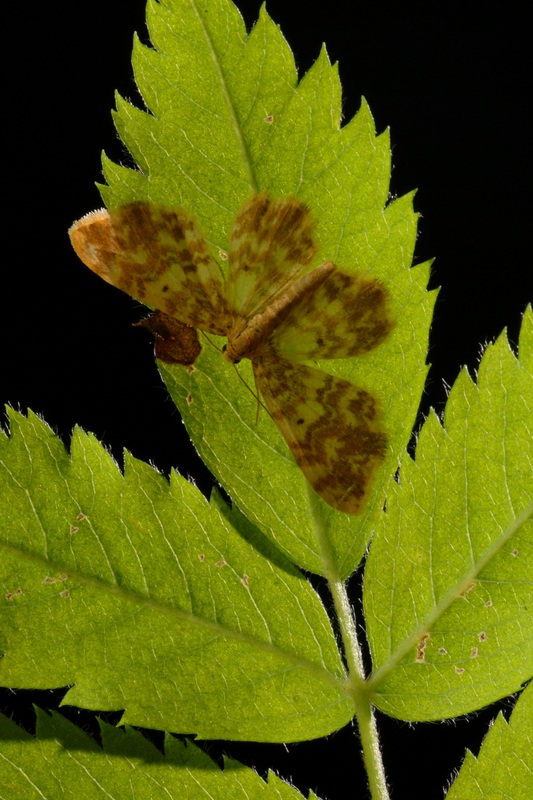
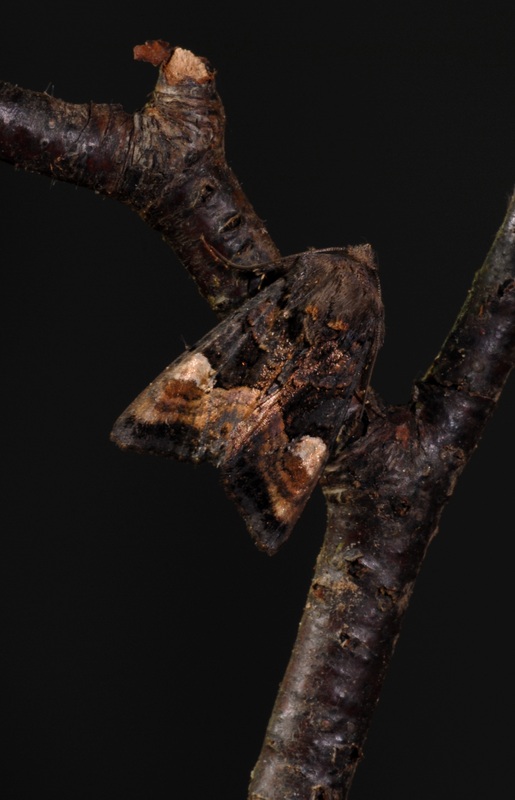
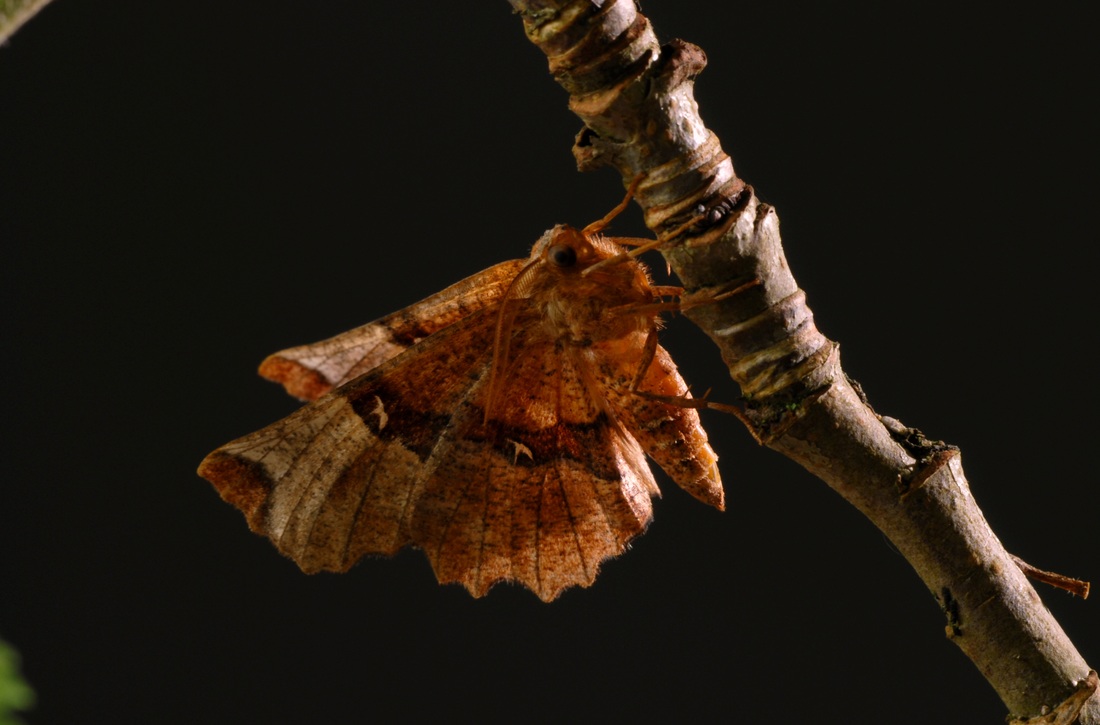

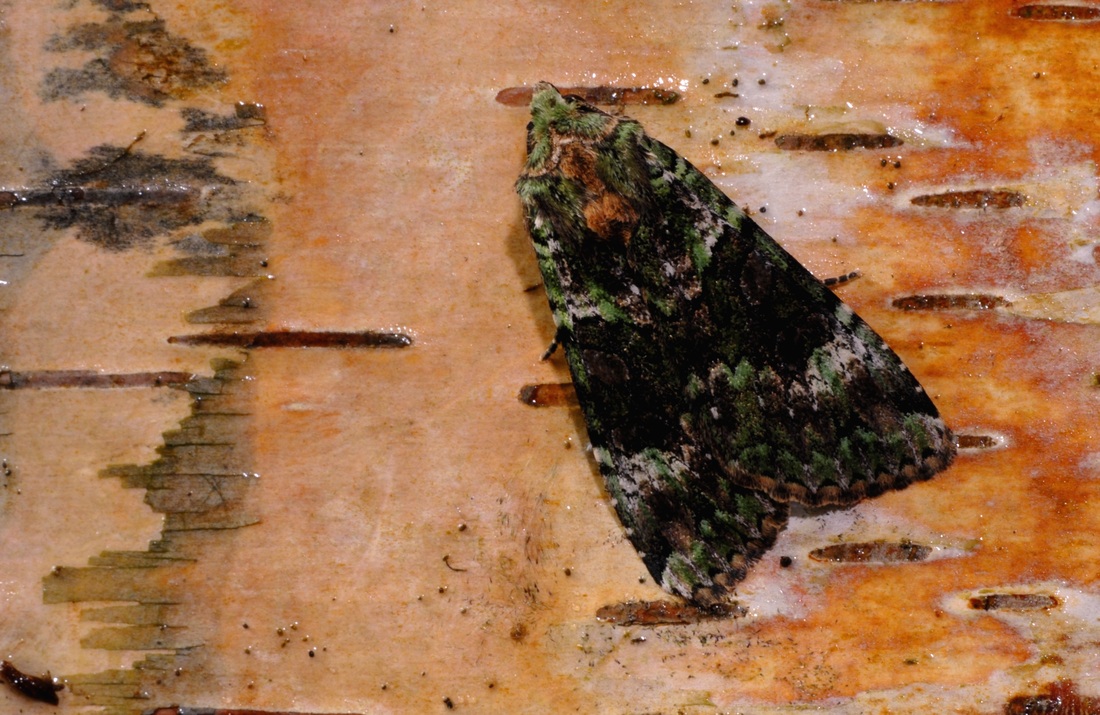
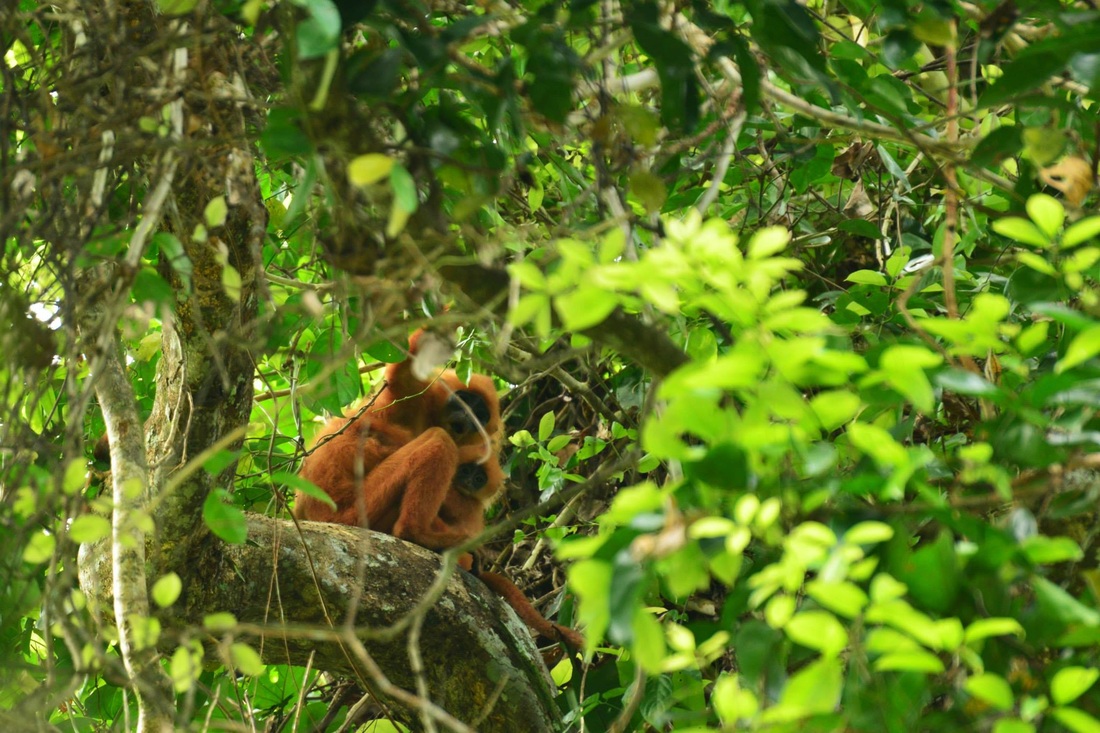
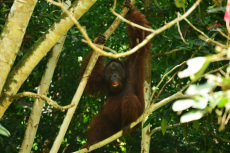
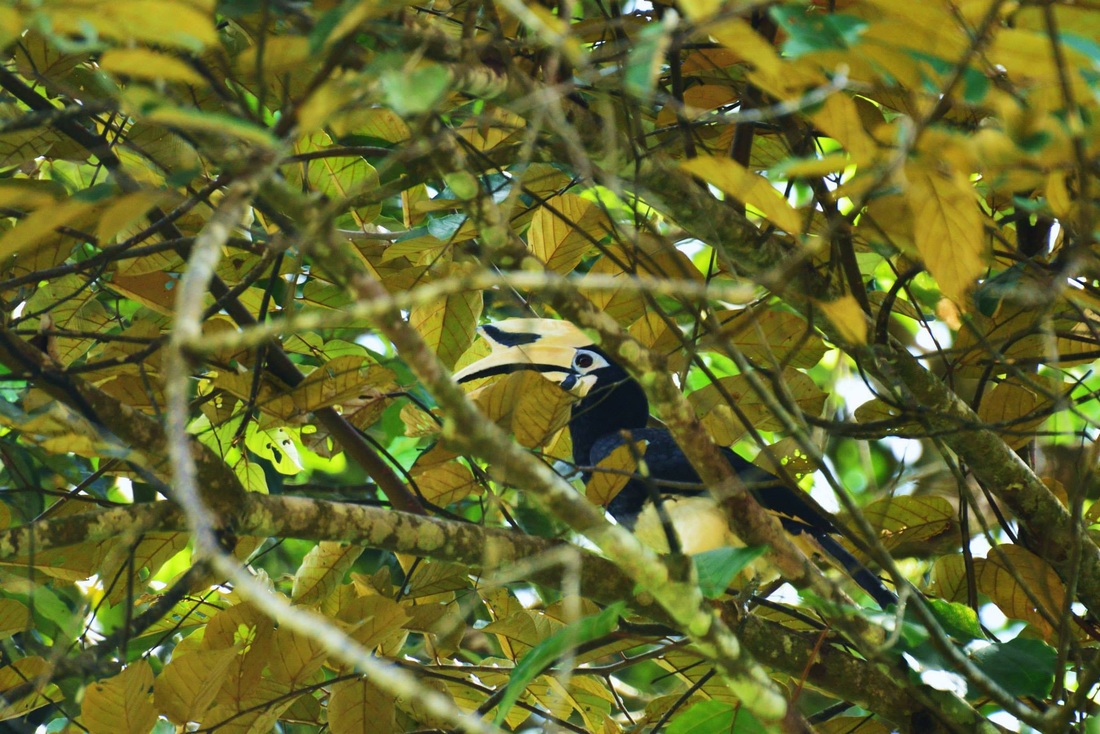
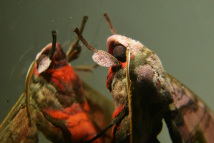
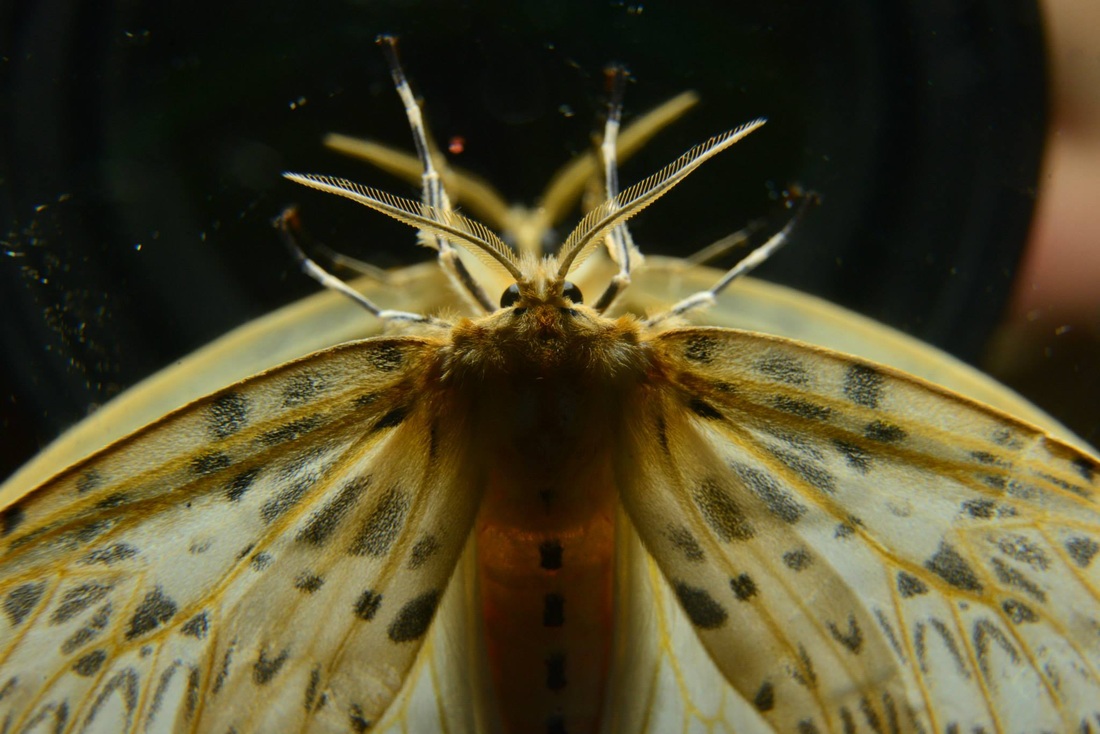
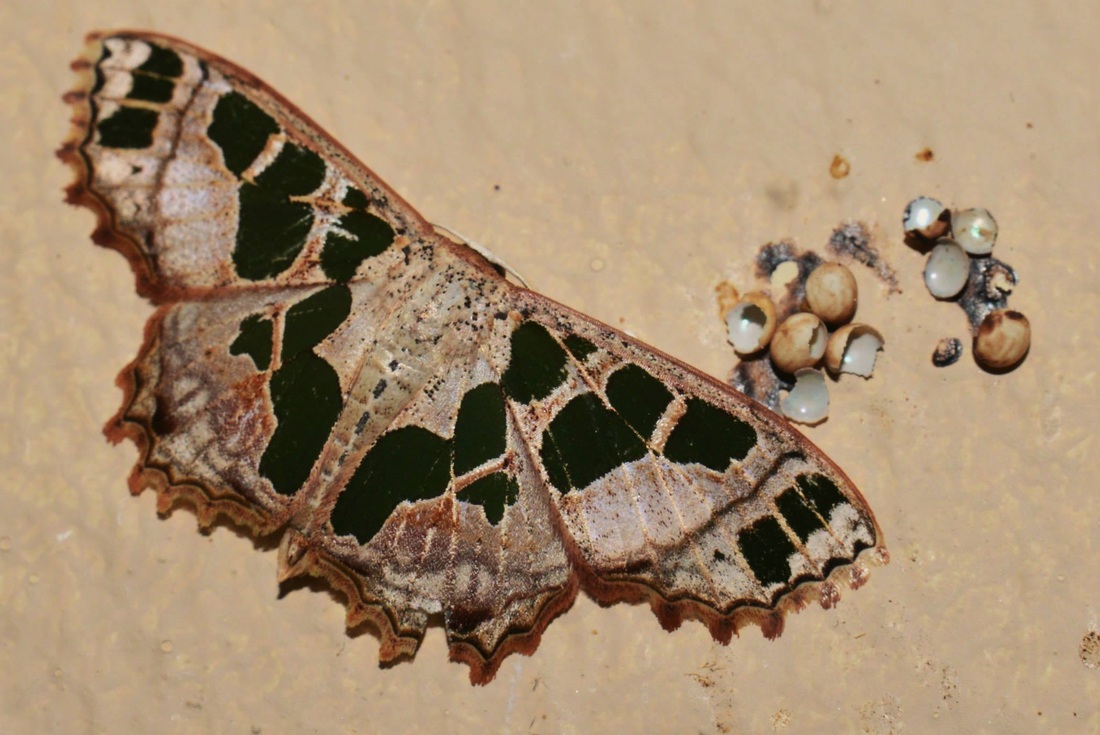
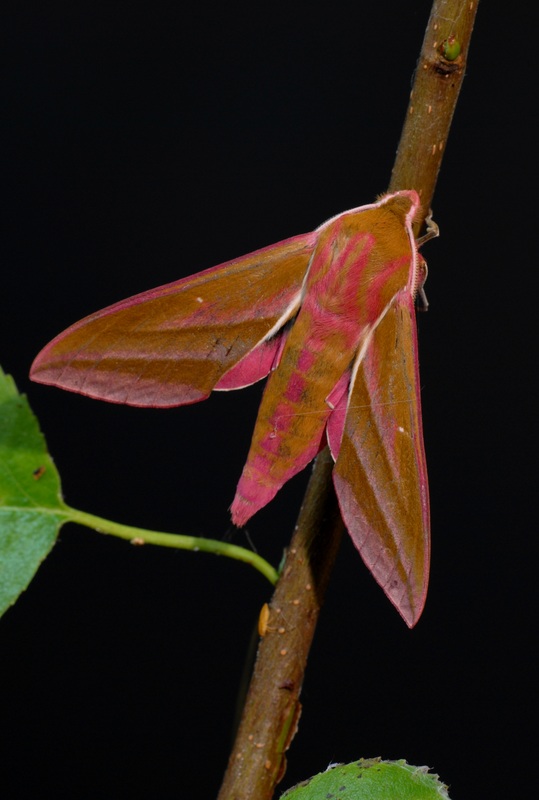
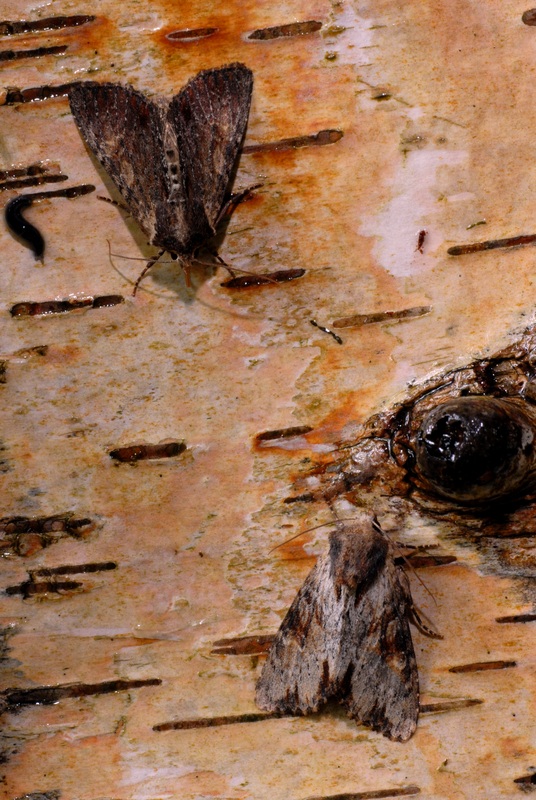
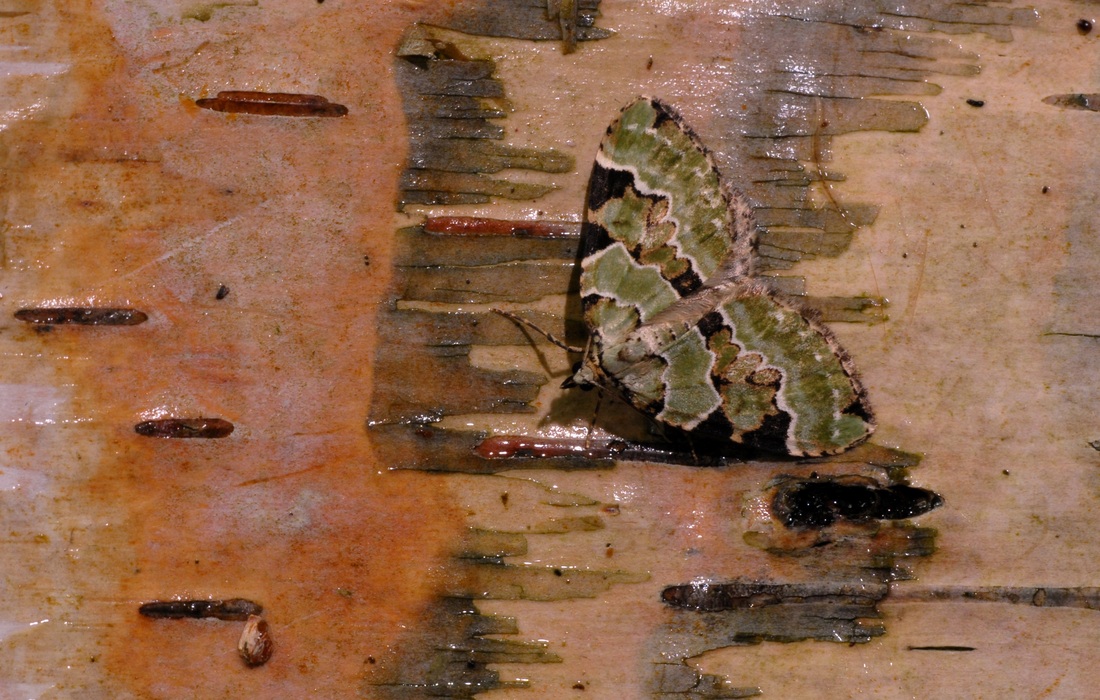
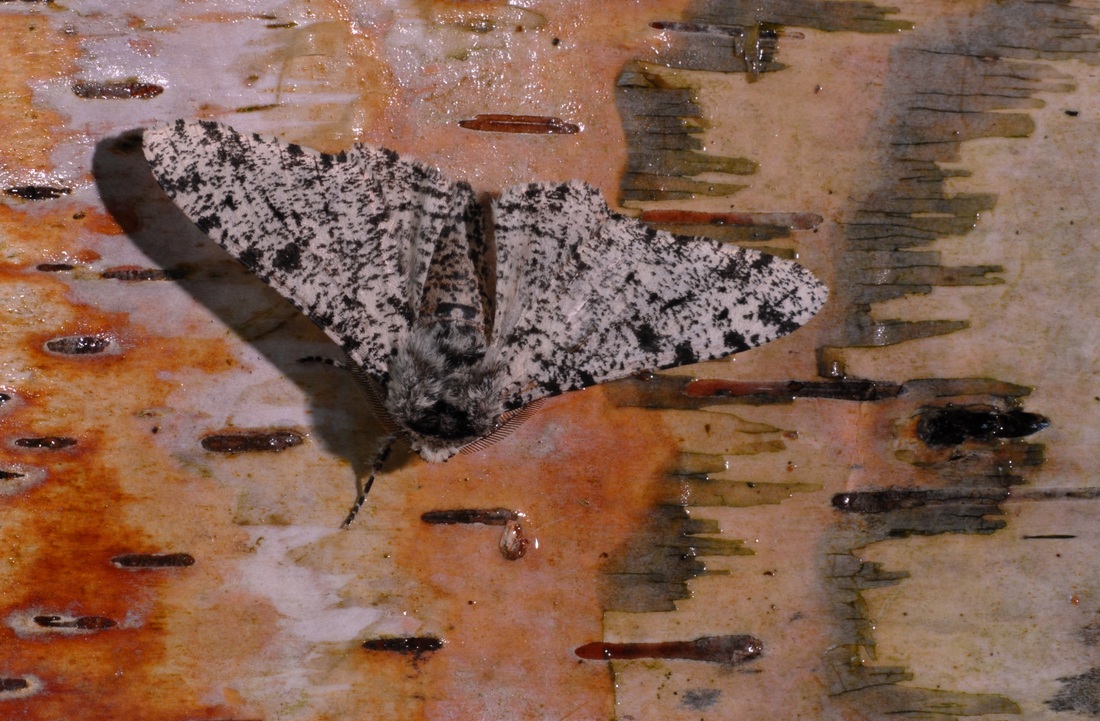

 RSS Feed
RSS Feed
